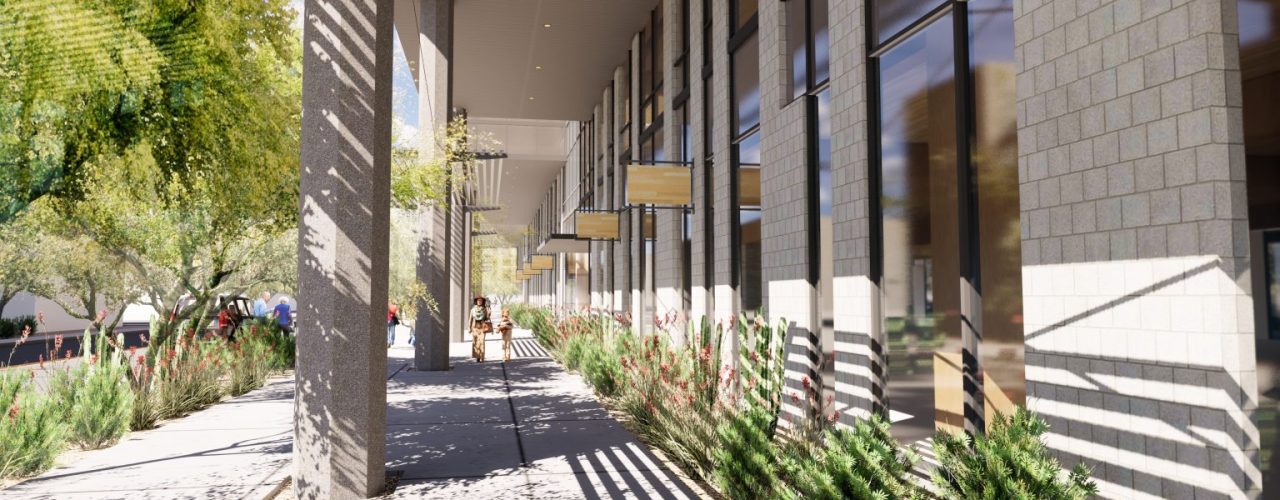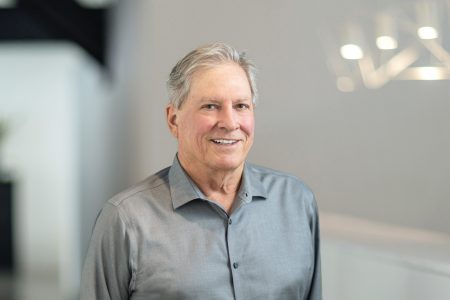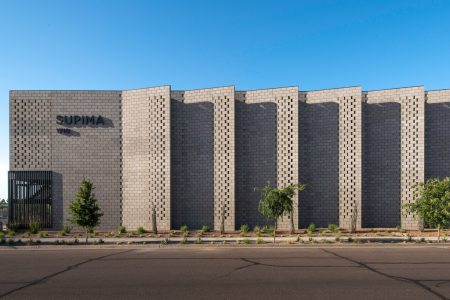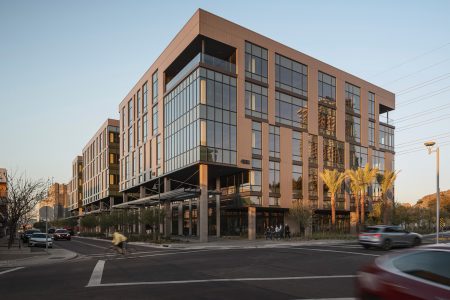Holistic Sustainability: Green Design for Buildings and Organizations

RSP’s Joe Tyndall and sustainability specialist Jeremi Van Wave offer insights on embracing holistic sustainability for a brighter future.
As stewards of the built and natural environments, architects prioritize holistic sustainability, fulfilling our obligation to provide clients with cutting-edge thinking and tools in sustainable design. While our commitment remains unwavering, we’ve observed a shifting landscape in client challenges, influencing our practice, services, and the required skills and talent for competitive success.
That shift has been a gradual but deliberate move toward “sustainable design” as a business proposition rather than a basic service offering or a response to regulatory requirements. That is, sustainable thinking is now an accepted (and proven) way of creating long-term value for an organization, its employees, its investors and its stakeholders. And, as Jeremi points out in his Insights piece below, this all comes not a moment too soon. There is no question that issues of climate change, mobility and urbanization are re-shaping our planet with a new degree of urgency.
What can we do? At RSP, we’re redoubling our efforts when it comes to sustainable thinking. We are bringing a renewed enthusiasm to the role we as architects play in shaping the future of our communities. Our clients demand it, our planet deserves it, and it is absolutely the right thing to do.
Sustainability Specialist Jeremi Van Wave: A New, More Sustainable Normal
The increasingly stark realities of climate change have reshaped our approach to sustainable design over the past few years. And we can’t help but see that we all have an extraordinary opportunity to change things for the better. Even our most ardently commercial clients have come to understand the value of life-cycle costs and systems that reduce operational expenditures and boost efficiency. This, too, is movement in the right direction.
But it is well past time to think bigger and more comprehensively. We need to go beyond individual projects that use, say, renewable flooring materials. We need to utilize materials, systems and processes that can be used at scale, in every project, everywhere. That is how we can truly shape a sustainable future.
So, how do we get there?
No Greenwashing Here
With increasing regulatory and code requirements driving an accelerated push towards net zero, the role of the architect as a partner to help navigate best practices, in terms of performance and impact, is becoming more and more crucial. In the pursuit of decarbonization, buildings are only going to get more complex. Design will become an even more delicate balancing act. Implementing sustainable systems that garner the most carbon savings without adding onerous maintenance requirements and operational costs has historically been a series of intricate calculations. Luckily, we now have access to the software and tools to analyze and optimize almost every aspect of a building, its site and systems.
As a building science practitioner, I’m inspired by this of course. But what is most exciting is the ability to now tell a more complete and comprehensive “sustainability story” that is interwoven with design and engineering. In practice, this means pairing the latest innovations (i.e., mass timber, LVDC, chilled beams, etc.) with a suite of software tools such as Aethena and EC3 to reduce embodied carbon.
All at once we’re mitigating thermal bridging via THERM and thereby maximizing the effectiveness of the insulation, selecting finishes with health and environmental certifications, fine-tuning daylight via Radiance to hit the “Goldilocks zone” of not too much or too little, and validating early massing or site plan iterations via “shoebox” energy models. And that’s just for starters. Layer on a few other tools in the toolbox, from utility rebates to grants, and we can easily build a case that the more sustainable, impactful and resilient option is often the most cost effective.
What is Measured Can Be Managed
Another promising sign is the uptick in clients committing to carbon-neutral standards and timeframes, renewable energy procurement, and the use of energy-efficient systems across our portfolio. But smart organizations are pushing further. In most sectors, emissions associated with supply chain activities (what the SBTI calls scope 3) make up the majority of a company’s greenhouse gas (GHG) inventory. Accurately measuring them, let alone pro-actively reducing them, is no small feat. This will take a new, expanded level of expertise for many practices, ours included. And the industry seems up for the challenge.
We have also seen an accelerated shift toward a people-centric approach, fostering a deeper sense of wellness or well-being. Joseph Allen, a professor at Harvard T.H. Chan School of Public Health and the director of its university’s Healthy Buildings Program, suggests that we’re focused on the wrong thing: “As companies and their employees ponder what the post-pandemic office will be like, the cool new amenity won’t be a foosball table. It’ll be something we should have had all along—clean air.”
The advance of Fitwel and WELL Health-Safety certification are great examples of the right type of thinking. Although both met with some degree of resistance, they have lately shown increasing momentum in adoption and a value add. Add in LEED and, increasingly, Lean, and third-party certification covers the gamut of project types and points of entry.
And we have seen greater adoption of Equity, Diversity and Inclusion (EDI) initiatives. These initiatives reinforce the importance of an architecture practice reflecting the communities in which it operates. The data here is overwhelming; what remains is taking action.
Greater Momentum Starts with Investment
Without having to pinpoint the complexities of why companies have embraced a more comprehensive definition of sustainability, it seems reasonable that mounting pressures from the investment community have had an impact. A recent report on corporate adoption of sustainability surveyed more than 200 global executives and found that 75 percent of them believe that successful execution of a sustainability strategy provides a competitive advantage. Indeed, many business leaders cite strengthened stakeholder confidence, reduced regulatory risk, greater competitiveness and increased innovation as motivators.
On the downside, however, only 30 percent of this group believes they are successfully executing on their current strategies. How can this ambition be translated into actionable results going forward?
A Greener Framework
Sustainability must be at the core of any organization and be driven, communicated and championed from the highest levels to achieve results. This doesn’t preclude grassroots efforts on the shop floor, but the C-suite needs to lead the charge. Companies with early success are those that have invested in the right people and tools. They understand risks, engage with stakeholders, enact change across the organization, and are willing to take chances to innovate.
Second, organizations need to think more broadly about their impact, especially along the supply chain. Again, this is not a small undertaking, so it will take drive and creativity, especially in the A/E/C world. Best practices to drive emissions reduction throughout the value chain might start by establishing clear, tangible engagement requirements for vendors, suppliers and consultants.
Finally, we must all reframe our mindsets when it comes to collaboration and partnerships. The business world is understandably competitive by nature. But to accomplish a true sustainability transformation, organizations must break down their silos and work together as a problem-solving group. As architects, we need to work more closely with engineers and builders—not to mention developers, investors and municipalities—to find the sweet spots for sustainable solutions and resilient communities.
The pandemic has shown us that we can respond quickly to a crisis. And that industry collaboration is a viable path forward. We have a great opportunity to redefine our planet’s future by setting ambitious goals and broadening our definition of sustainability. It’s time to shift from talk to action.






